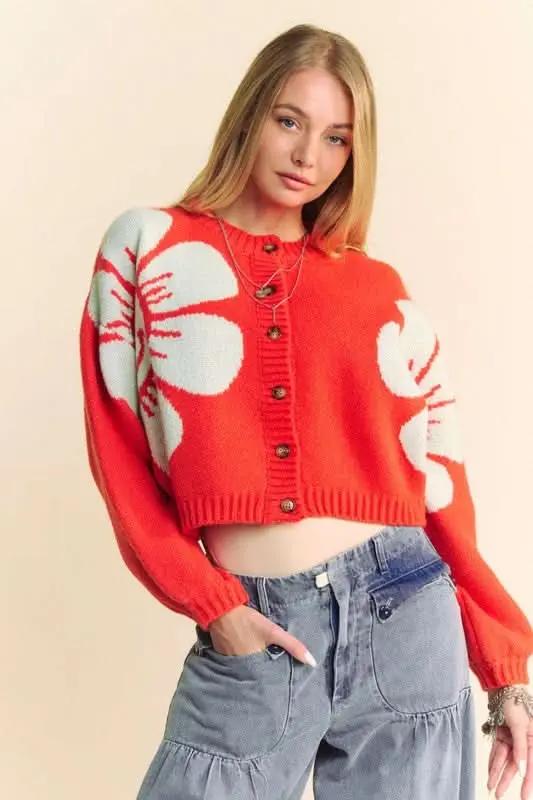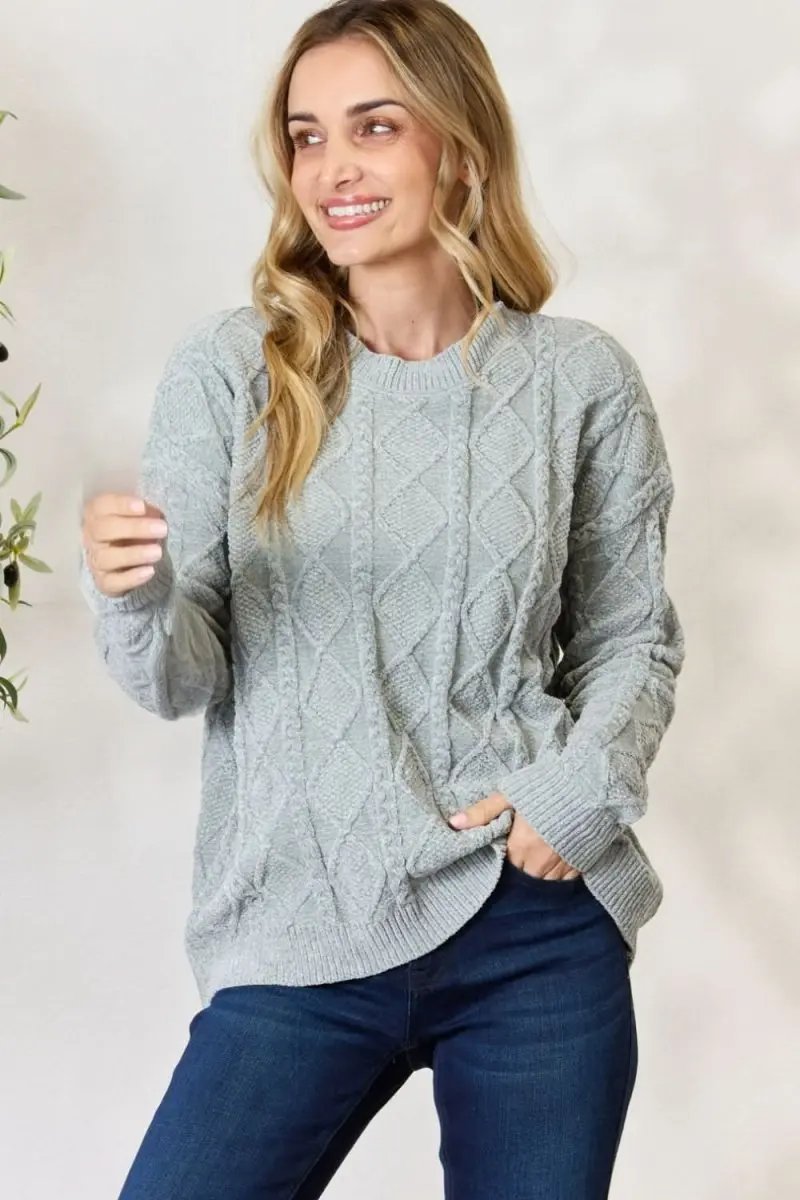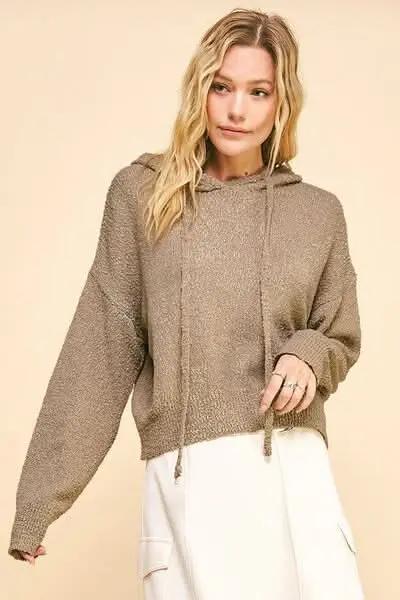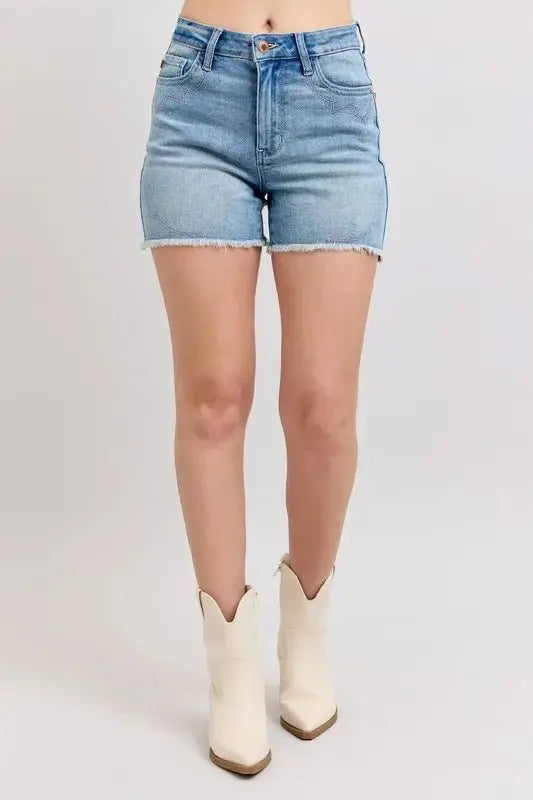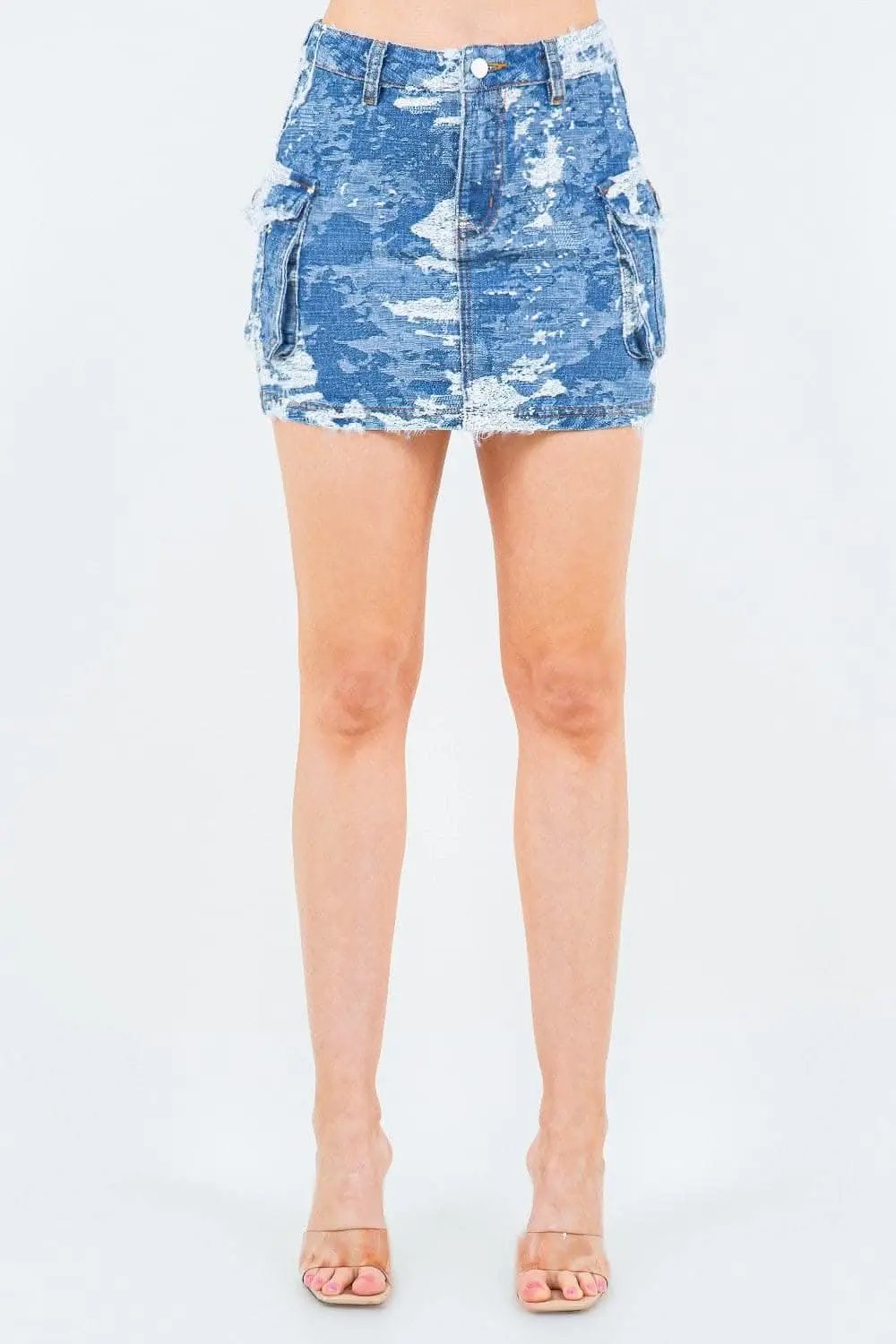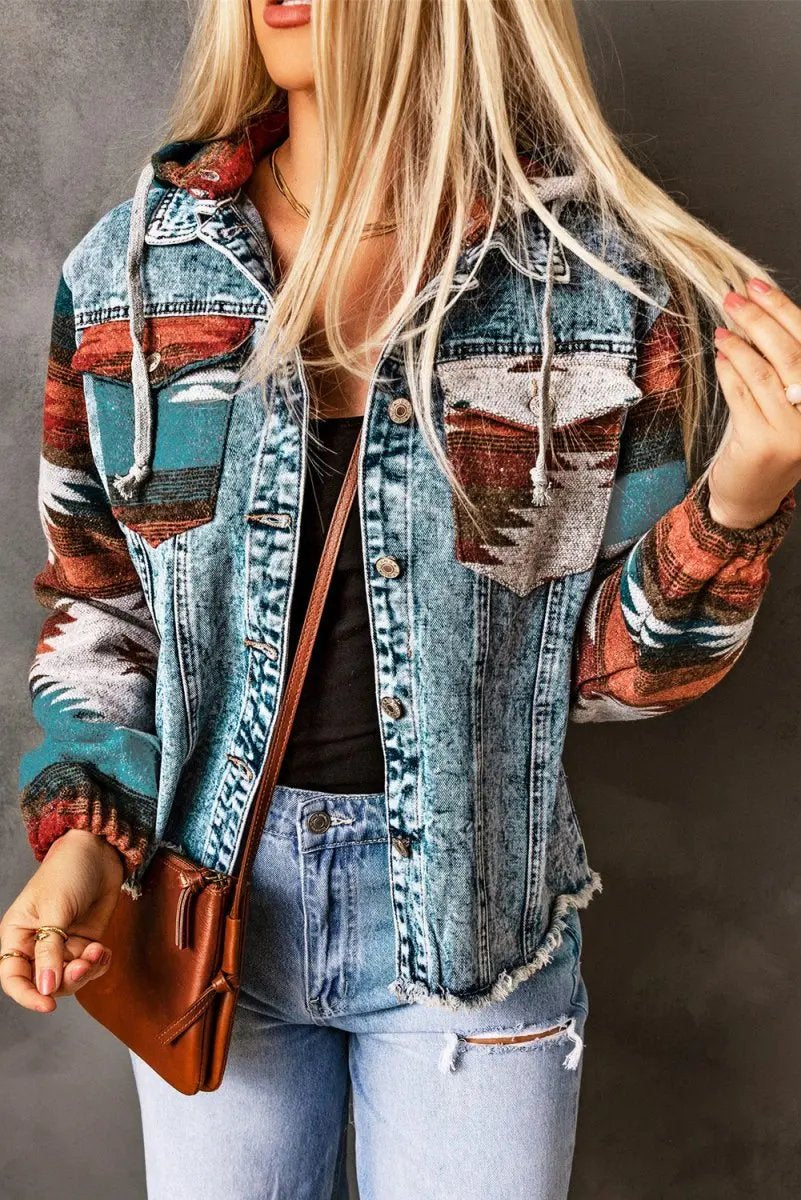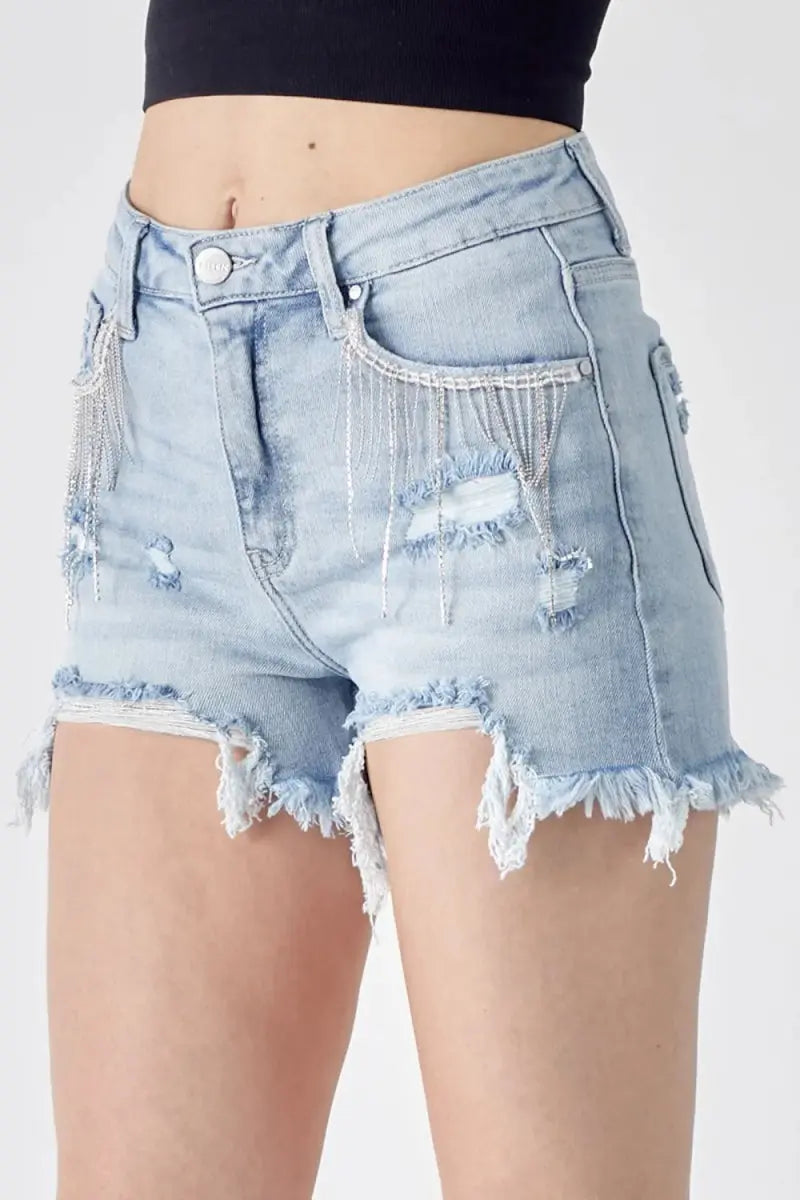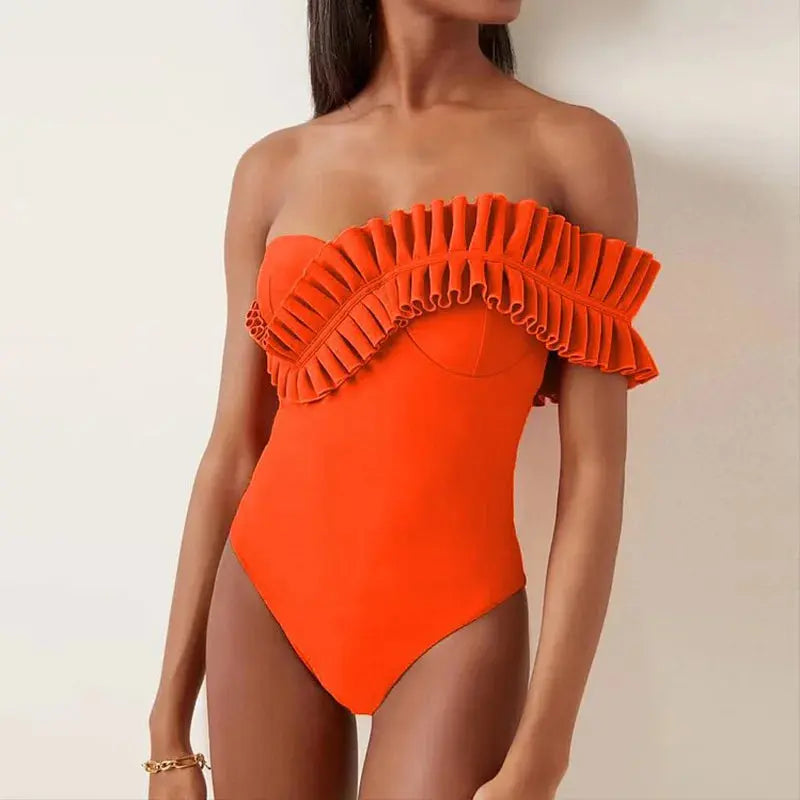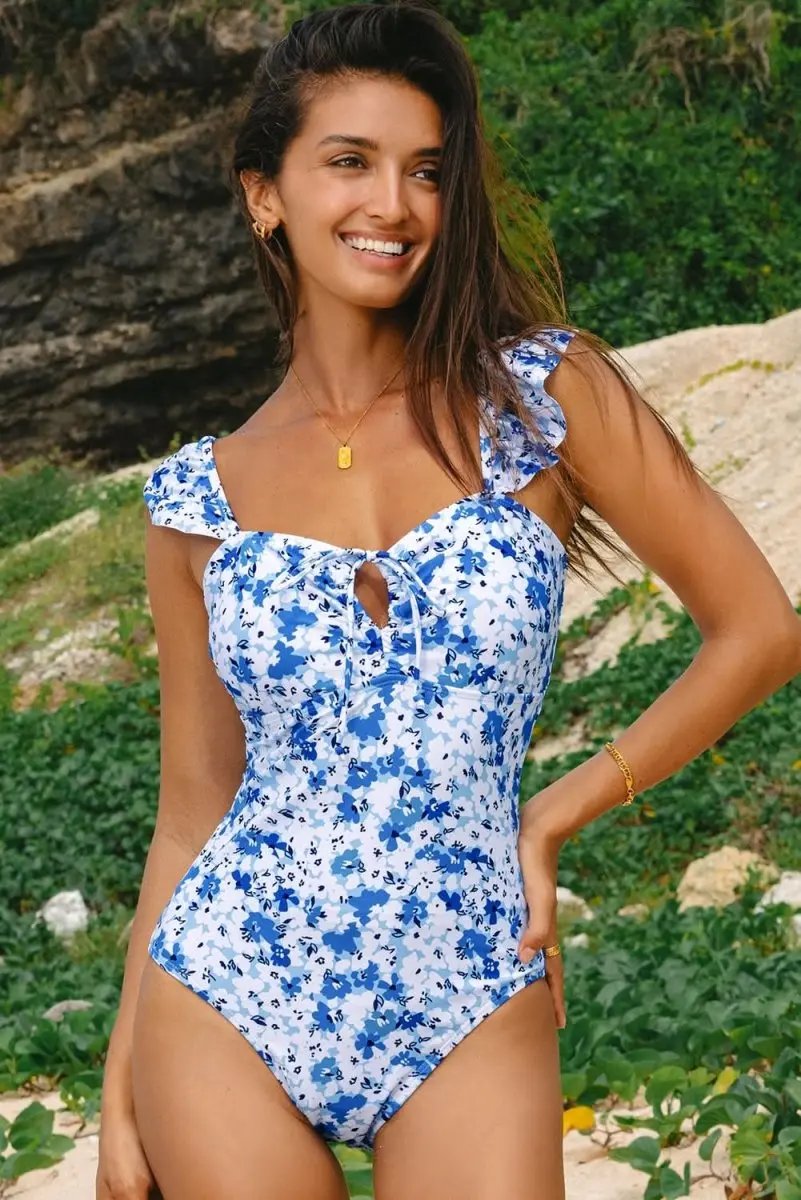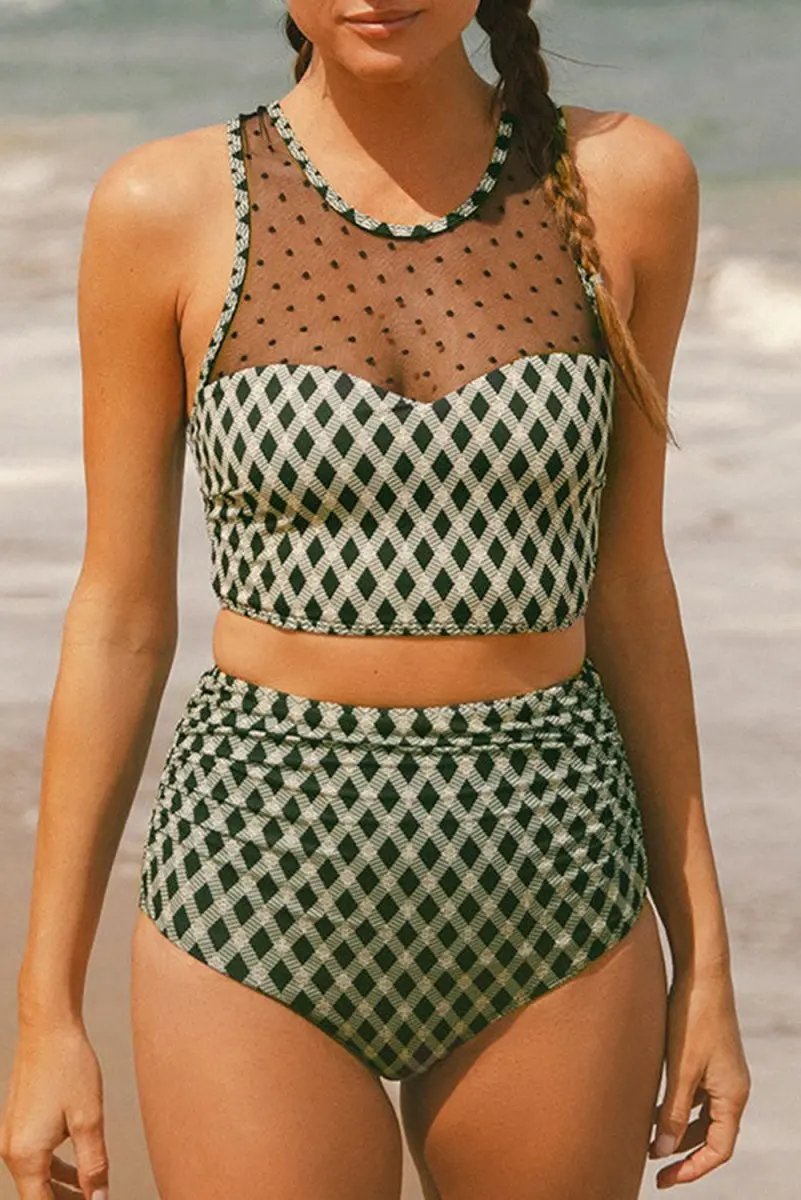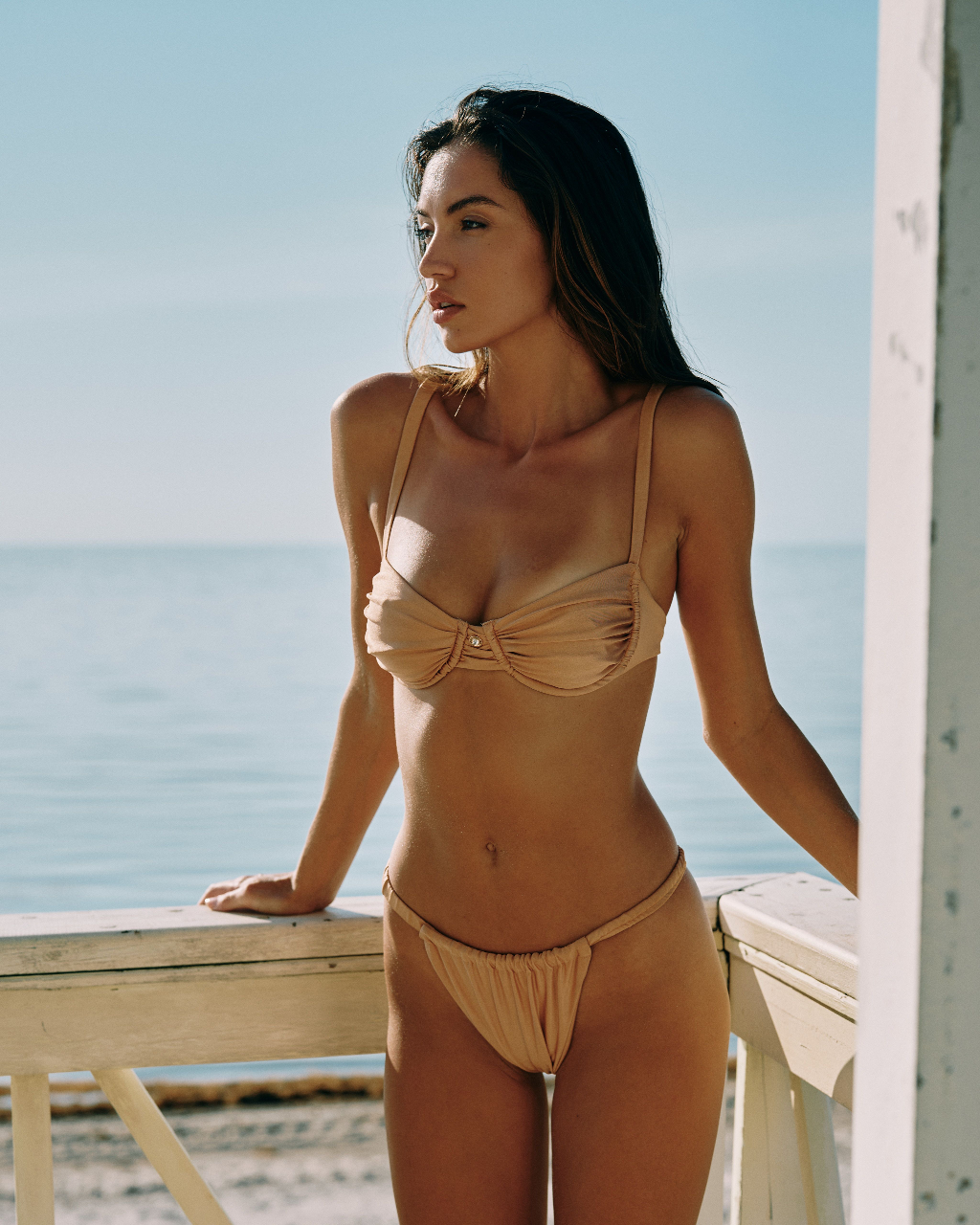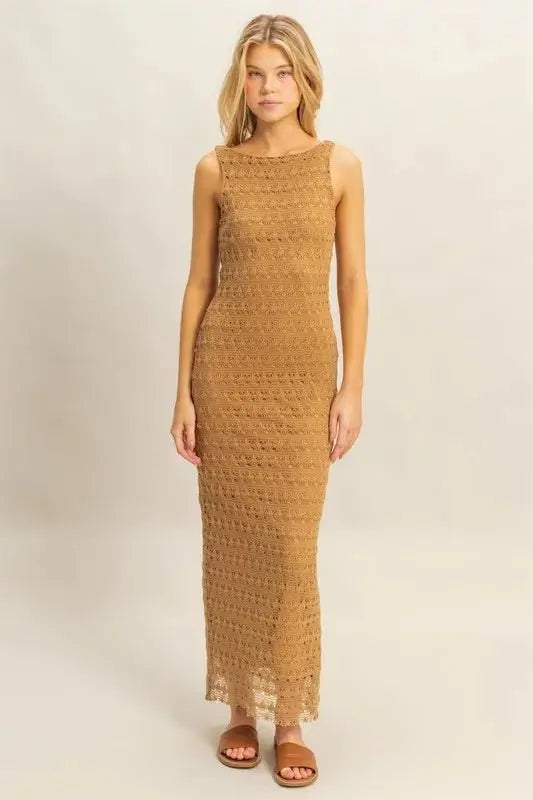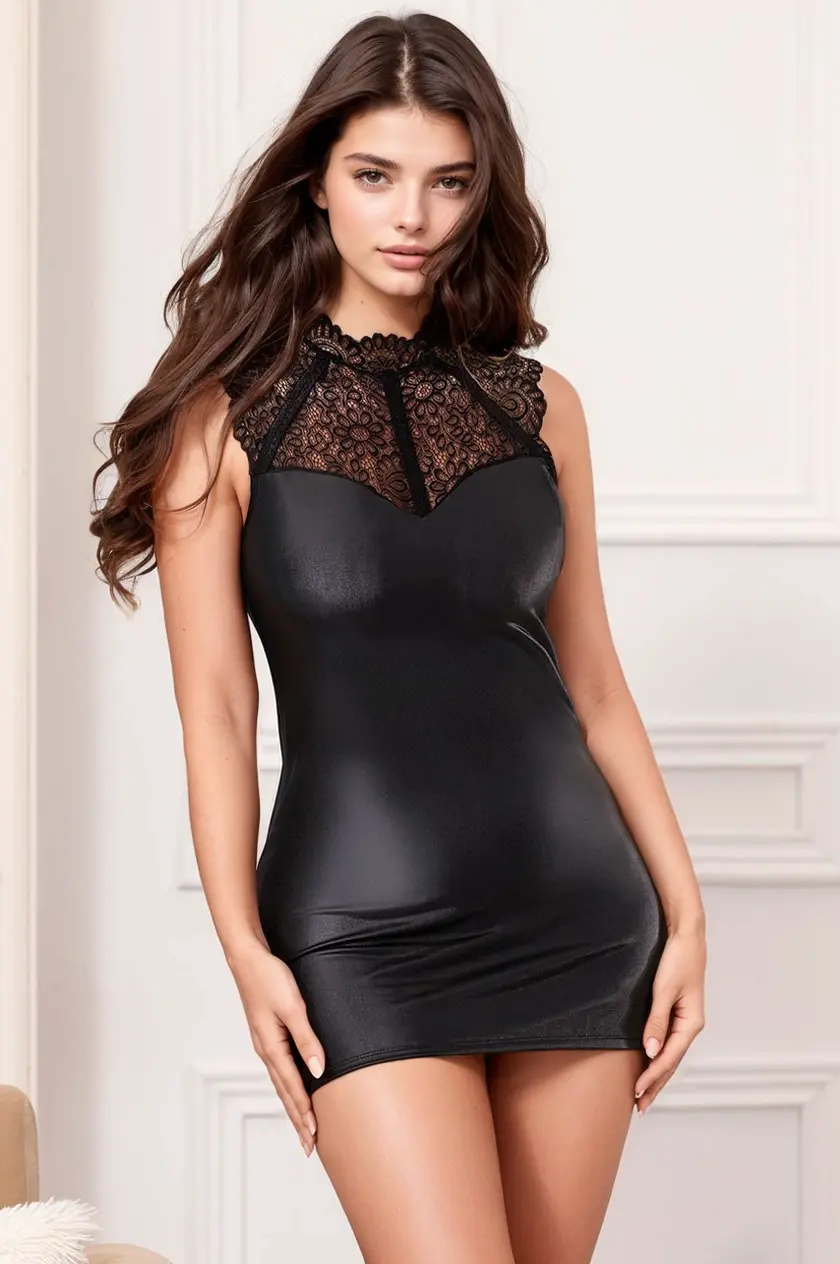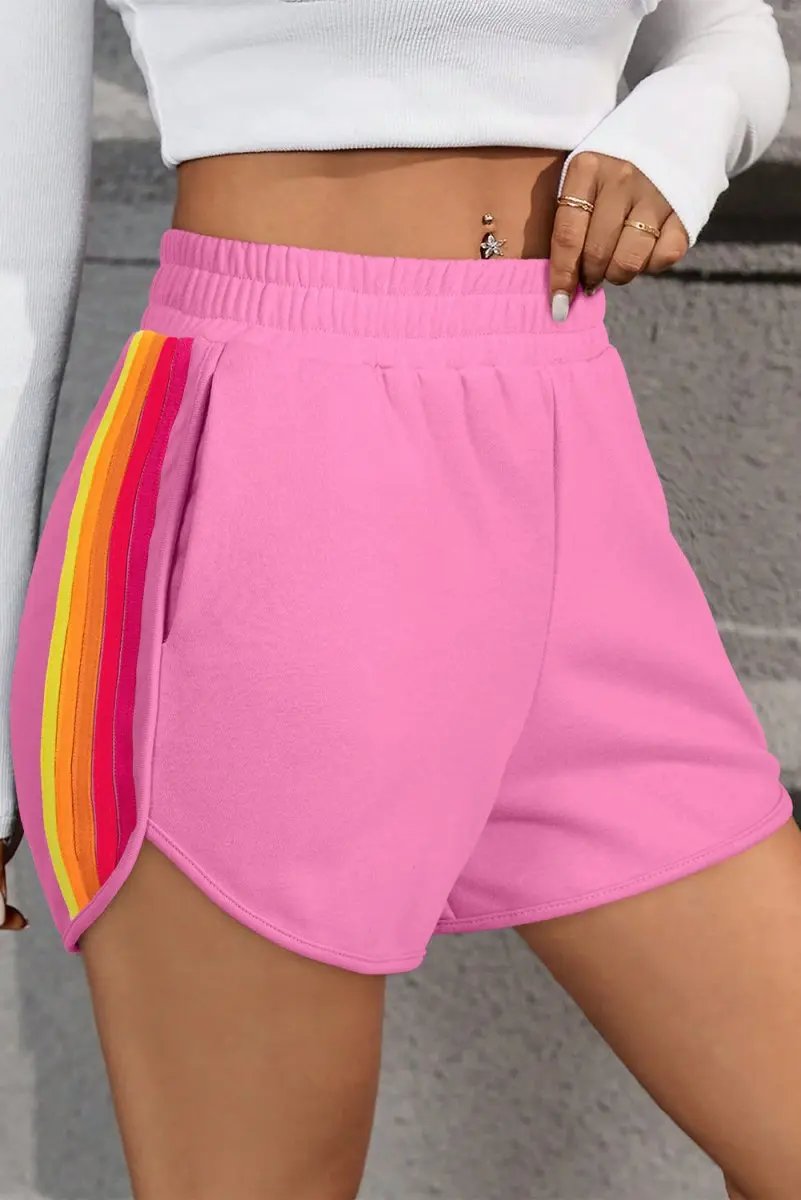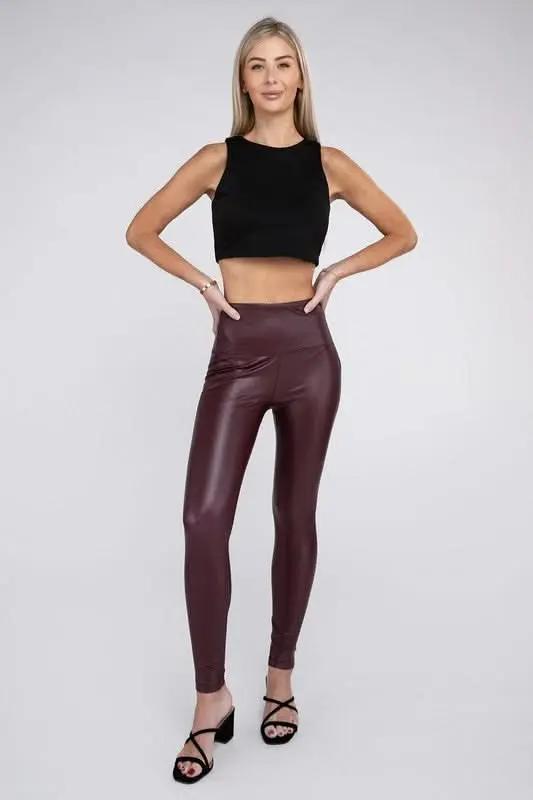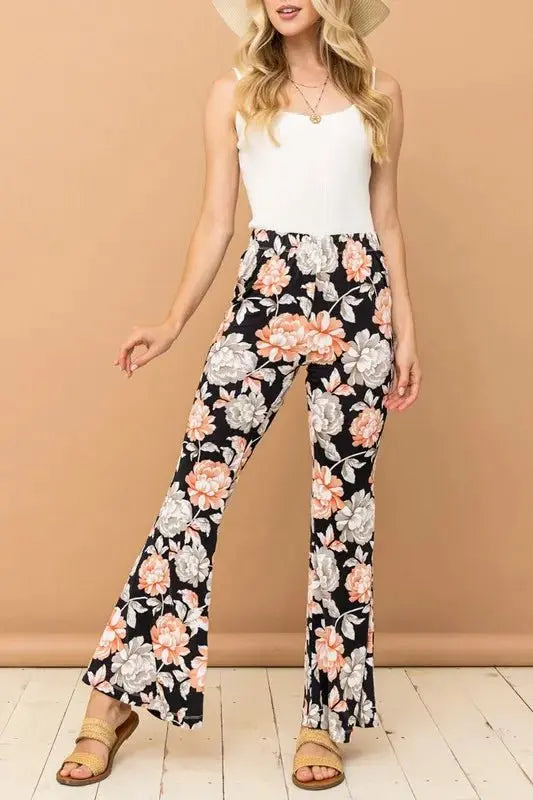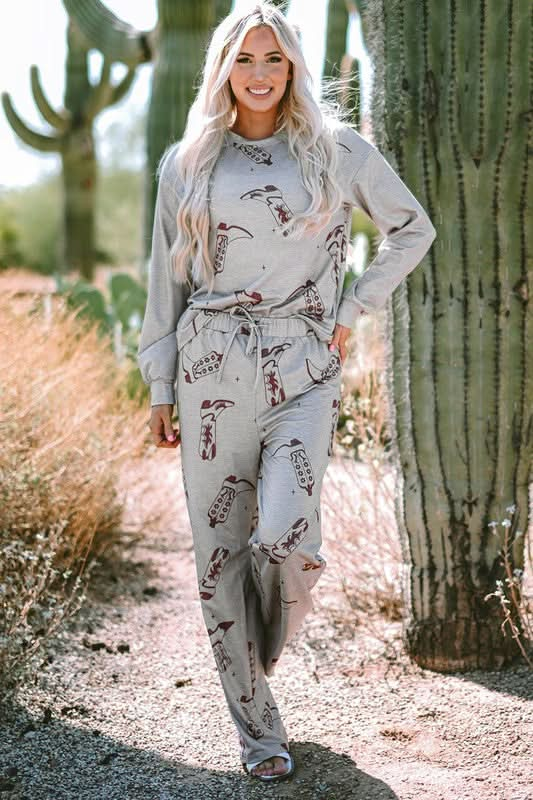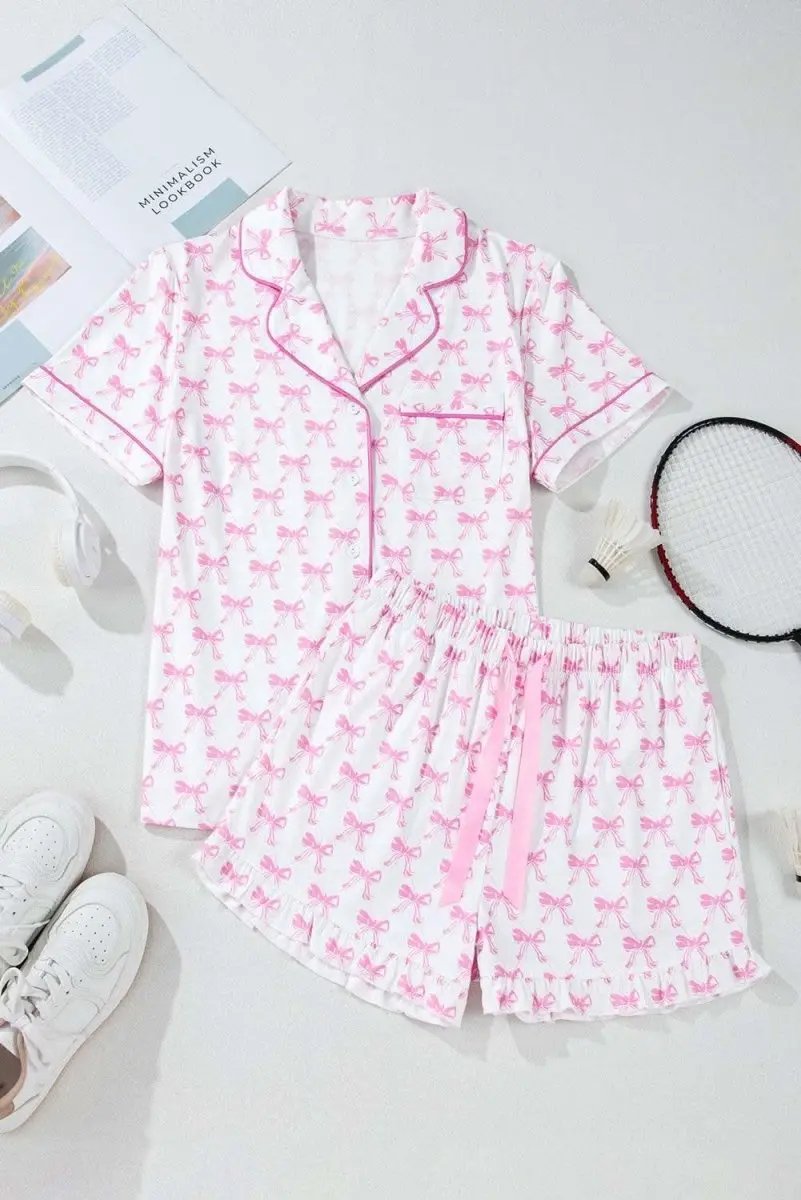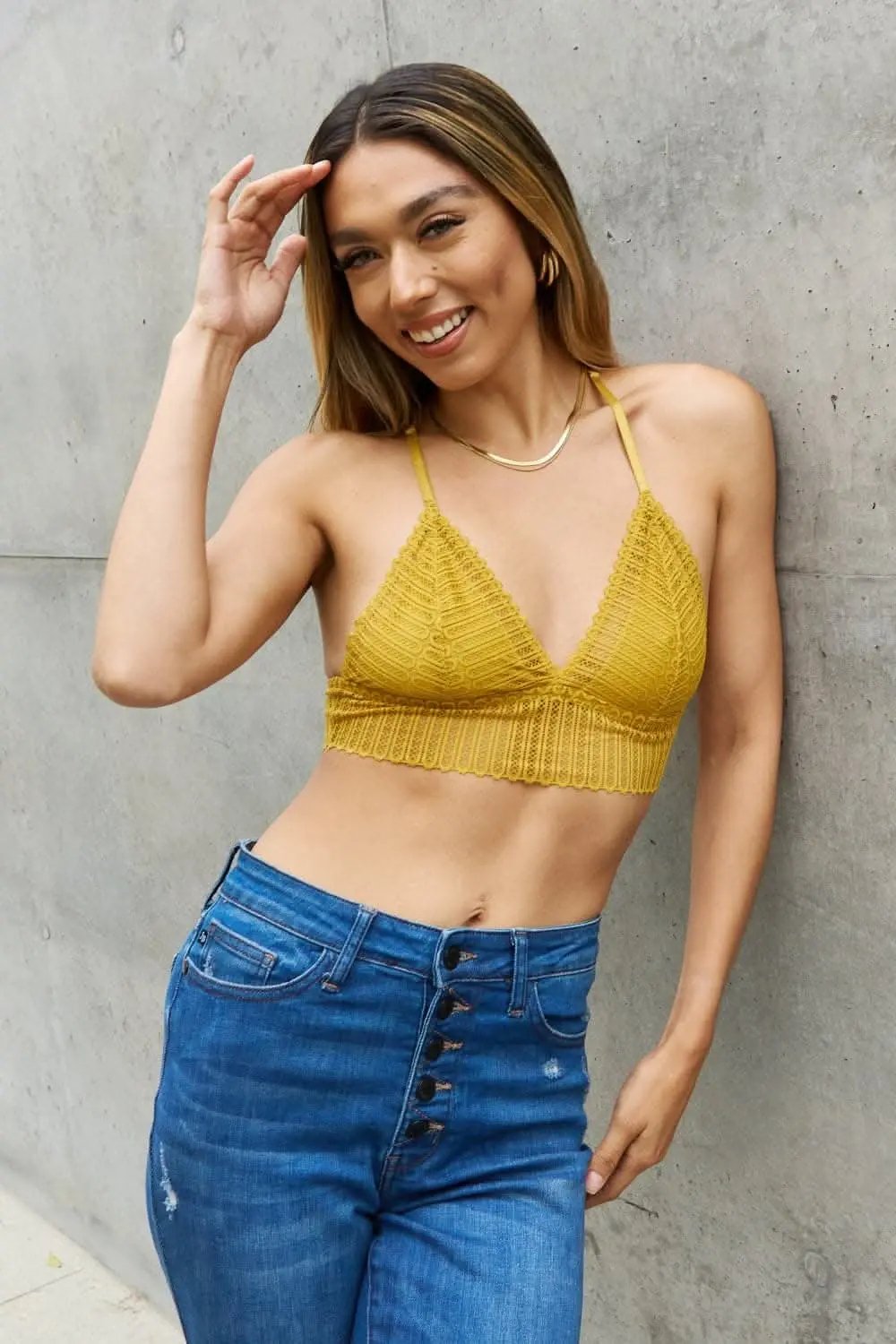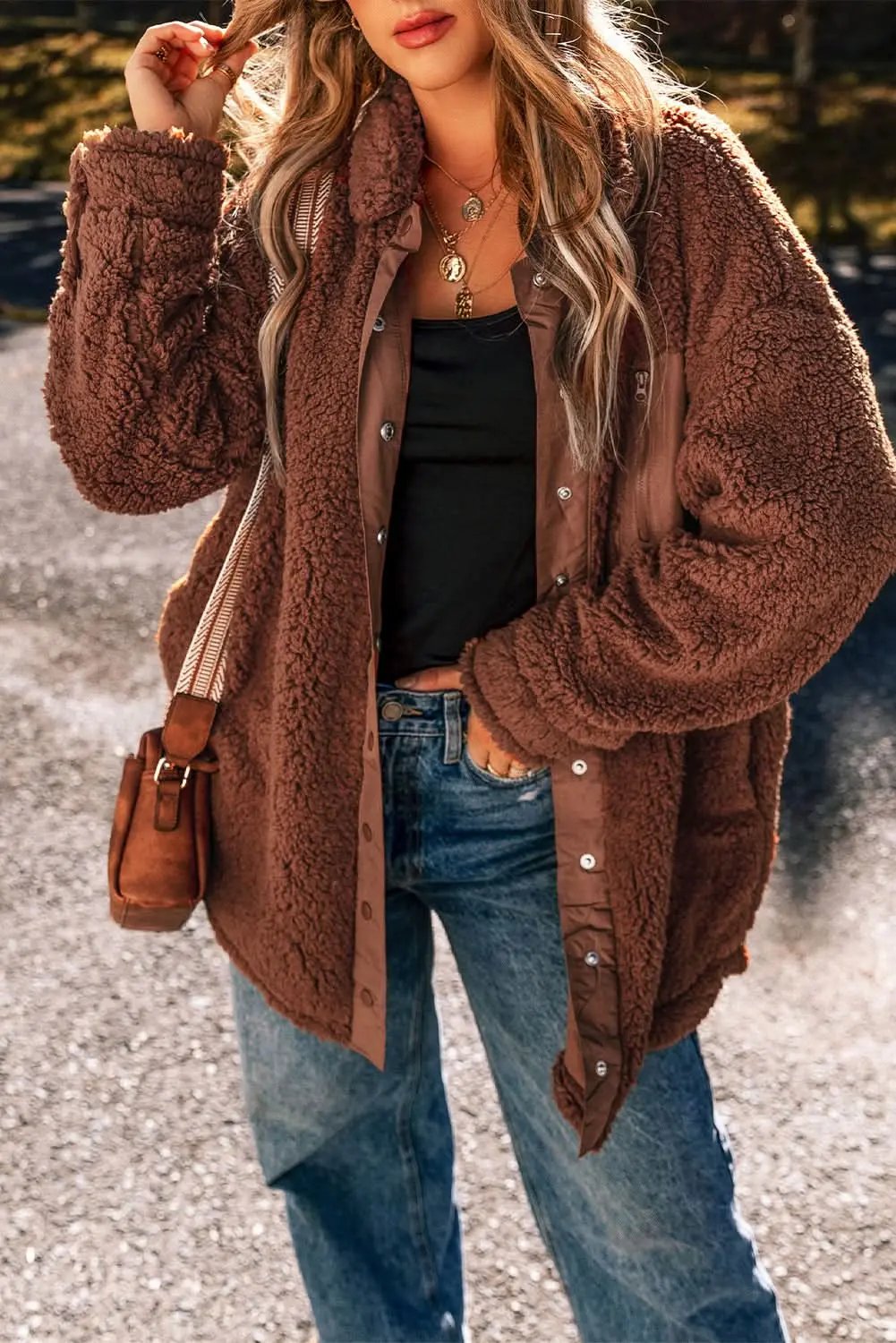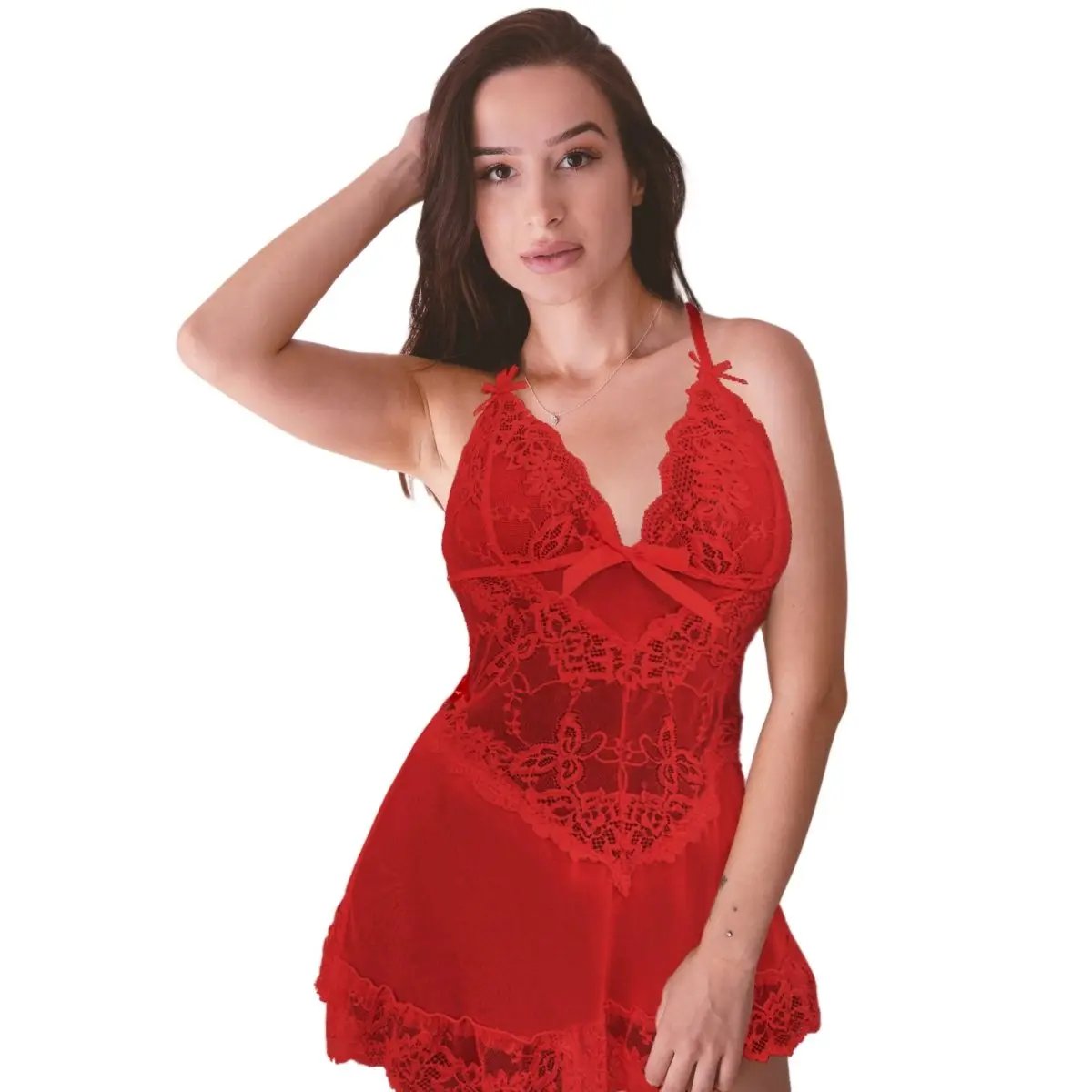Introduction: A New Way to Dress — Sustainable, Size-Inclusive, and Stylish
Creating a capsule wardrobe changes how you relate to clothing: it prioritizes versatility, fit, and longevity over fast-fashion impulse buys. For plus-size shoppers, the stakes are higher — finding well-fitting, flattering, and ethically made pieces can be time-consuming and expensive. This guide expands on Flying Tomato's Ethical Essentials philosophy and gives a comprehensive roadmap to building a plus-size sustainable capsule wardrobe that celebrates every curve while lowering environmental impact.
How This Guide Is Structured
- Deep dive into sustainability criteria and certifications.
- Detailed plus-size fit and design considerations.
- Expanded capsule checklist with seasonal variants and color palettes.
- Practical outfit formulas for work, travel, weekends, and special occasions.
- Care, repair, resale, and end-of-life strategies to maximize value and minimize waste.
- Frequently asked questions and actionable next steps you can take today.
What 'Sustainable' and 'Ethical' Really Mean
Brands use these terms a lot, but they cover several specific practices. Key dimensions to evaluate:
- Materials: Organic cotton, TENCEL (lyocell), linen, hemp, certified recycled fibers, and responsibly sourced wool have lower environmental footprints than conventional cotton and virgin synthetics.
- Production & labor: Fair wages, safe working conditions, and transparent supply chains are central to ethical claims.
- Durability & design: Sustainable clothing must be made to last — quality seams, hardware, and timeless design reduce turnover.
- End-of-life options: Repair services, take-back programs, and recyclability determine whether a garment truly minimizes waste.
- Certifications to look for: GOTS, OEKO-TEX, GRS, Fair Trade, and B Corp status as indicators of credible commitments.
Why Flying Tomato's Ethical Essentials Are a Strong Starting Point
Flying Tomato is recognized by many plus-size shoppers for approachable basics that prioritize comfort and fit. When their design ethos couples with intentional material choices and better manufacturing transparency, these essentials become ideal building blocks for a capsule wardrobe. The brand's focus on stretch, cut, and inclusive sizing helps reduce the number of ill-fitting garments in your closet, which in turn reduces waste from returns and unused items.
Plus-Size Fit: What to Prioritize
Fit matters more than a label size. These are the technical and design details to watch for when choosing pieces for curvy bodies:
- Proportion and balance: Pieces that offer longer hemlines, higher rises, and thoughtful necklines create a balanced silhouette.
- Strategic seaming and darts: Shaping through seams and darts provides structure without unnecessary tightness.
- Stretch with recovery: Fabrics that include elastane or have natural stretch but good recovery resist bagging and maintain shape.
- Adjustability: Wraps, ties, elastic waists, and adjustable straps allow customization for varied bodies.
- Room where needed: Extra room in hips, bust, and thighs prevents pulling and creates ease of movement.
- Length options: If possible, choose petites, standard, or tall cuts to match torso and leg length; alter when needed.
Expanded Capsule Checklist: 18 Ethical Essentials for Plus-Size Wardrobes
Below is a thorough capsule list designed to cover seasons and occasions. Choose neutral base colors and 2-3 accent colors to maximize mix-and-match potential.
- 1. Signature Tee in organic cotton or TENCEL
- 2. Lightweight V-Neck or Scoop Tank in modal or organic cotton
- 3. Tailored Knit Cardigan (longline) in recycled or responsibly sourced fibers
- 4. Best-Fit Jeans with built-in stretch and reinforced seams
- 5. Black Tailored Trousers with elasticized waist and room through hip
- 6. Wrap or Shirt Dress in lyocell blend for breathability and drape
- 7. Structured Ponte or Wide-Leg Pants for polish and movement
- 8. Lightweight Blazer with partial lining for breathability
- 9. Cozy Sweater in responsibly sourced wool or recycled yarn
- 10. Versatile Midi Skirt (A-line or bias) in mid-weight fabric
- 11. Supportive Undergarments and Shapewear essentials
- 12. High-Quality Loungewear Set in organic cotton or modal
- 13. Weatherproof Outer Layer: breathable rain jacket or trench
- 14. Comfortable Ankle Boots, Neutral Flats, and Casual Sneakers
- 15. Lightweight Scarf and Belt to change proportions and add interest
- 16. Layering Shell (thin long-sleeve in merino or TENCEL) for cold-weather layering
- 17. Tailored Coat for winter with room for layering
- 18. Statement Piece: structured dress or jacket for celebrations
Seasonal Capsule Variants
Create slight variations on the core capsule to suit climates and seasons. Examples:
- Warm Weather Capsule: Swap heavy sweater and coat for breathable linen pieces, lighter footwear, and a sun-friendly dress.
- Cold Weather Capsule: Add layering shells, thicker knitwear, tights, and a heavier coat. Choose boots with good tread for safety.
- Travel Capsule: Prioritize wrinkle-resistant fabrics, multi-use pieces, and a compact weatherproof outer layer.
- Work-First Capsule: Add a second blazer, two dressier bottoms, and polished shoes to standard essentials.
Color Palette and Prints: Smart Choices for Mix-and-Match
Build a palette that maximizes outfit potential:
- Base neutrals: Black, navy, deep olive, or charcoal for slimming and ease of layering.
- Mid-tone anchors: Warm taupe, muted burgundy, or denim blue to add depth.
- Accent colors: One or two brighter colors or prints for personality — think rust, teal, or a small-scale print that complements rather than overwhelms curves.
- Limit large, high-contrast prints if you prefer a streamlined look; instead use patterned accessories to add interest.
Outfit Formulas: 30+ Ways to Wear Your Capsule
Below are extended formulas to ensure variety. Swap pieces across categories to generate even more looks.
- Classic Tee + Jeans + Sneakers + Longline Cardigan
- Signature Tee + Wide-Leg Pants + Belt + Ankle Boots
- Tank + Midi Skirt + Flats + Lightweight Blazer
- Wrap Dress + Cozy Sweater + Boots
- Shirt Dress + Tights + Tailored Coat
- Black Trousers + Shell Top + Blazer + Heels
- Ponte Pants + Tunic + Scarf + Loafers
- Jeans + Longline Cardigan + Turtleneck Shell + Boots
- Dress + Statement Jewelry + Flats
- Travel Layering: Tee + Black Trousers + Lightweight Blazer + Rain Jacket
- Loungewear Set + Sneakers for coffee runs
- Tank under Blazer + Jeans + Heeled Boot for smart-casual
- Sweater tucked into Midi Skirt + Belt + Ankle Boots
- Layered Monochrome: Tee + Trousers + Blazer in same tonal family
- Weekend Errands: Tank + Jog-style Ponte + Sneakers + Crossbody
- Office to Evening: Switch flats to heels, add statement earrings
- Cold Day: Layered Shell + Sweater + Coat + Boots + Scarf
- Summer Evening: Wrap Dress + Lightweight Cardigan + Sandals
- Date Night: Statement Dress + Bold Lip + Structured Jacket
- Interview: Blazer + Tailored Trousers + Shell + Minimal Jewelry
Fabric Guide: Pros, Cons, and Care
Understanding fiber choices helps you pick durable, sustainable pieces. Key fibers:
- TENCEL/Lyocell: Breathable, drapes beautifully, lower water impact when responsibly produced. Wash on gentle cycles and hang to dry.
- Organic Cotton: Less chemical use and better soil health. Can wear and wash like regular cotton but benefits from cold washing to preserve color and shape.
- Linen: Extremely breathable and durable; softens over time. Prone to wrinkling; gentle laundering and line drying recommended.
- Recycled Polyester: Reduces reliance on virgin fossil fuels but can shed microplastics; wash in colder cycles and use a microfiber-catching laundry bag.
- Wool & Responsible Animal Fibers: Warm and long-lasting when sourced responsibly. Use cool water or professional cleaning for certain garments and avoid frequent washing.
Certifications and Labels Decoded
- GOTS: Organic Textile standard that covers the entire textile supply chain for organic fibers.
- OEKO-TEX Standard 100: Tests for harmful chemicals in textiles.
- GRS: Global Recycled Standard verifies recycled content and supply chain responsibility.
- Fair Trade: Indicates social responsibility and fair labor practices for certified products.
- B Corp: A company-level certification showing broader commitments to social and environmental performance.
Shopping Smart: How to Evaluate Each Purchase
- Ask for fabric content, origin, and care instructions; ethical brands are transparent.
- Read customer reviews for fit insights, especially from reviewers with similar body shapes.
- Check return policies: a simple returns policy reduces the risk of buying an imperfect fit.
- Prefer classic styles that won't date quickly; avoid fleeting trends for capsule pieces.
- Consider secondhand and resale markets for premium pieces at lower cost and environmental impact.
Caring for Your Capsule: Maintenance and Repair
Proper upkeep increases cost-per-wear and comfort. Best practices:
- Wash less frequently; air out garments between wears.
- Use cold water and gentle cycles; avoid tumble drying when possible.
- Invest in a small repair kit: thread that matches common garment colors, a selection of buttons, and a needle set.
- Find a local tailor for alterations — adjusting hemlines, taking in seams, or shortening sleeves extends garment life.
- Engage with brand repair or take-back programs when available.
Resale, Upcycle, and Responsible Disposal
When an item leaves your rotation, choose responsible next steps:
- Resale: Use reputable resale platforms to recoup some value on nearly-new pieces.
- Donation: Local organizations and textile charities accept wearable clothing.
- Upcycle: Transform dated pieces into new garments or household items like cushions or bags.
- Recycling: Some brands and local programs accept textiles for mechanical or chemical recycling.
Cost-per-Wear Example
To justify investment pieces, calculate cost-per-wear. Example:
- Quality blazer price: 200
- Estimated wears in two years: 200
- Cost-per-wear: 200 / 200 = 1 per wear
A lower cost-per-wear demonstrates sustainable value. Even a higher upfront cost is worth it if the garment is durable and versatile.
Accessibility and Inclusivity: Sizing, Proportions, and Representation
True inclusivity goes beyond extended sizes. Consider:
- Garment shape and proportion options (e.g., empire waist, A-line, and wrap styles).
- Adaptive features like magnetic closures, stretch panels, and adjustable waists for varied mobility needs.
- Representation in marketing and fit models so shoppers can better visualize how garments may sit on different bodies.
Common Questions from Plus-Size Shoppers
- How do I know my true size? Measure bust, waist, and hip against brand size charts and prioritize measurement over numbered sizes.
- What if a piece fits but is too long? A tailor can shorten hems and sleeves for a small cost compared to replacing the item.
- Are stretchy fabrics less sustainable? Not necessarily; look for blends with durable recovery and prefer recycled or better-sourced synthetics.
- How many pieces should a capsule have? A flexible capsule can be 12-18 core pieces plus shoes and accessories depending on lifestyle and climate.
Real-Life Capsule Examples
Two example capsules for different lifestyles:
- City Professional (14 pieces): Signature Tee, Tank, Shell, Black Trousers, Jeans, Ponte Pants, Blazer, Cardigan, Wrap Dress, Midi Skirt, Coat, Ankle Boots, Flats, Rain Jacket.
- Weekend-Centric Traveler (12 pieces): Tee, Tank, Lightweight Blazer, Jog-Style Ponte, Jeans, Wrap Dress, Loungewear Set, Rain Jacket, Sneakers, Ankle Boots, Scarf, Lightweight Coat.
Measuring Your Sustainability Impact
Small changes scale up. Track these metrics over time:
- Items purchased per year and proportion that are secondhand or sustainably certified.
- Average cost-per-wear across purchases.
- Number of garments repaired or altered vs. discarded.
How to Start Today: A 30-Day Capsule Challenge
Take action with a month-long approach:
- Week 1: Closet audit — keep items you love, donate or sell the rest.
- Week 2: Define your color palette and lifestyle needs; choose 12-18 core pieces to fill gaps.
- Week 3: Invest in one quality item and schedule any needed alterations.
- Week 4: Create outfit formulas, photograph looks for easy daily reference, and set care routines.
Final Thoughts: Style, Sustainability, and Self-Respect
Building a plus-size sustainable capsule wardrobe is an act of self-respect and environmental care. When you choose quality over quantity, prioritize fit and transparency, and maintain garments with intention, your closet becomes a tool for confidence and reduced waste. Flying Tomato's Ethical Essentials can serve as a helpful framework — but the real power is in curating pieces that fit your body, your life, and your values.
Next Steps and Resources
- Start with a closet audit and pick three foundational pieces to invest in this season: one top, one bottom, and one outer layer.
- Research certifications and ask brands about material origins and factory practices before purchasing.
- Consider resale and repair before discarding an item to extend its life cycle.
Ready to build your capsule? Use this guide as a living document — adapt it to your climate, budget, and personal style. Less really can be more when it comes to fashion that honors your curves and the planet.
